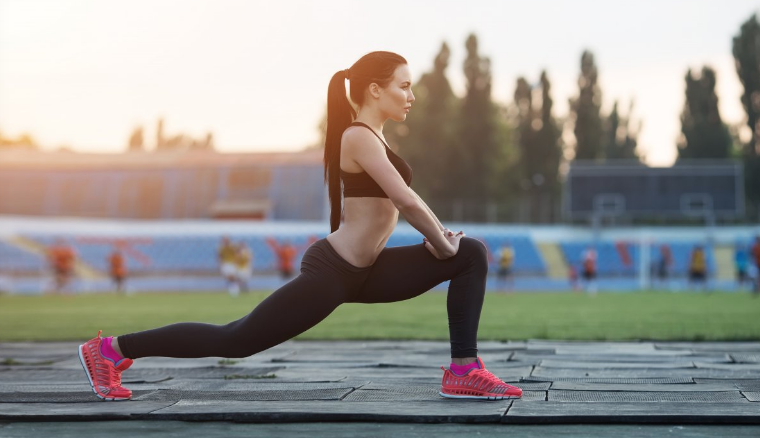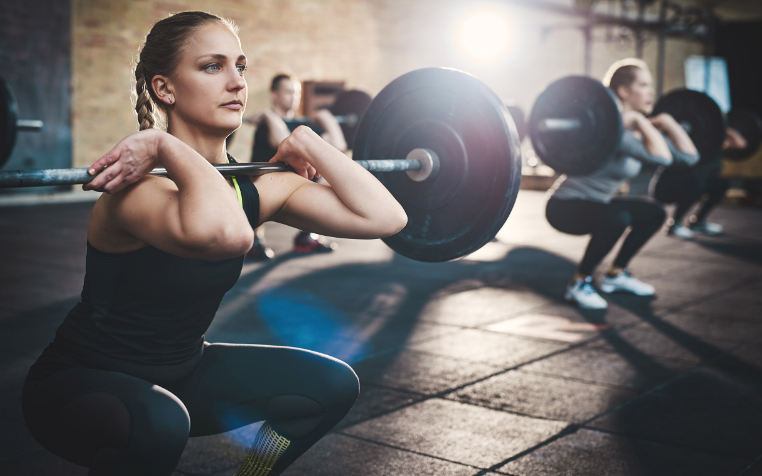
There is an art / skill to choosing the right exercises for your clients. The most important consideration of exercise selection is to select exercises that have a fundamental application to the training objectives. The exercises included should develop the muscle mass, strength, or power of the client in ways that apply to their life, sport or the event which they are training for.
Exercise programs for general population clients will generally focus on push, pull, shoulders, legs, controls.
Virtually every single effective exercise program for sports performance will include the following rather short list of weight room exercises: squat, shoulder press, deadlift, bench press, clean or power clean, jerk, snatch or power snatch and chin-ups or pull-ups. These movements and their simple variations can be used in various ways to satisfy all requirements for exercises that contribute to performance.
The next consideration in exercise selection is how many times per week an exercise should be done. Whole body workouts is the most preferred method of training for the general population and those in less specialised sports (eg football), as the body functions as a whole system in both sport and life, with all its components operating together in coordinated synergy.
Workouts should consist of three to five core exercises appropriately selected from the continuum. Athletes seldom need more exercises than this. However, time constraints will often determine the amount of exercises used in each session. Workouts consisting of too many exercises may result in overtraining.
(a) Multi-Joint Exercises
Multi-joint exercises incorporate two or more joints and their respective movements during an exercise. A push up is an example as it involves shoulder, elbow and sometimes movement of the scapulae.
Multi-joint exercises replicate our everyday gross movements and therefore have greater functionality benefits. Training involving compound exercises will be more time efficient as it works a greater number of muscles in the time available. Further compared to any isolation movement the compound movement has the greatest propensity for overall growth and strength acquisition. Compound exercises are suited for all, whether that be general population client or athlete.
(b) Isolation Exercises
Isolation exercises involve movement at a single joint. A barbell curl is an example as it involves movement at the elbow. Isolation exercises have the potential to target a specific muscle group and therefore induce a level of fatigue or metabolic stress that may stimulate the muscle to grow or strengthen.

(c) Using Anatomy and Physiology to Select Exercises
In order to select the most effective exercises for specific goals a good working knowledge of functional anatomy is imperative.
The Fit Education Certificate III in Fitness teaches anatomy and physiology and its application to programming. If you found this article interesting you may also enjoy reading Fat Burning Exercise: The Facts, or The Effects of Resistance Training on Bone Mineral Density.

